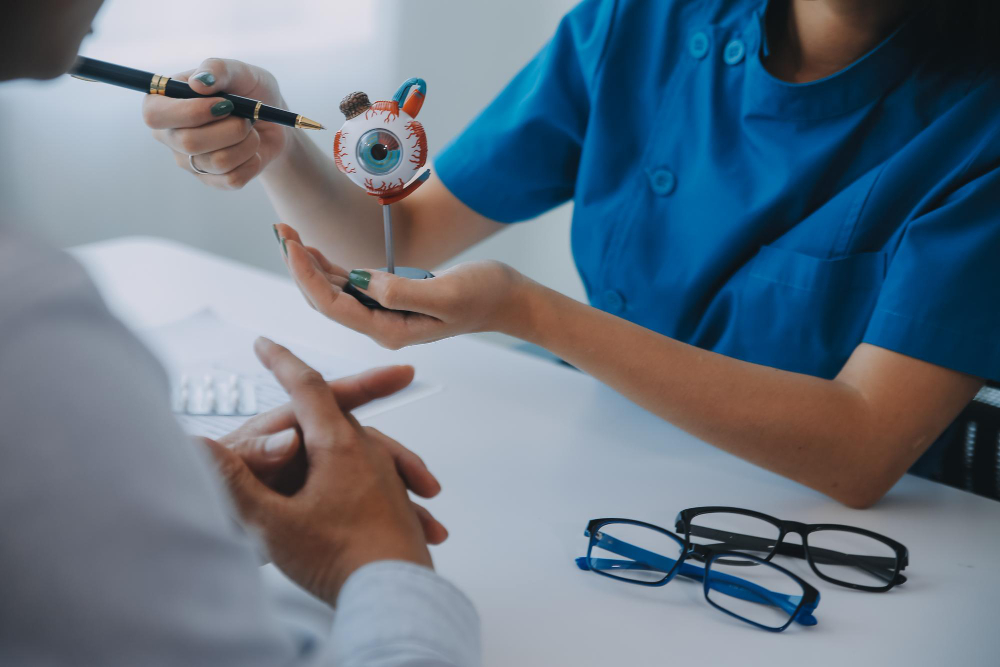Retina Care

At Dr. Shakeen Eye & Dental Hospital, we specialize in comprehensive Retina Care, offering advanced diagnostic and treatment options for various retinal conditions. The retina is a vital part of the eye that enables clear vision by transmitting light signals to the brain. Any damage or disease affecting the retina can lead to vision impairment or blindness if left untreated. Our expert retina specialists use state-of-the-art technology to provide precise diagnosis, effective treatments, and long-term retinal health solutions.
What is the Retina?
The retina is a thin, light-sensitive layer at the back of the eye that plays a crucial role in vision. It captures light and converts it into nerve signals, which are then sent to the brain via the optic nerve. A healthy retina is essential for sharp and clear eyesight. However, various medical conditions can affect the retina, leading to blurry vision, distortion, or complete vision loss.
Why Choose Dr. Shakeen Eye & Dental Hospital for Retina Care?
Highly Experienced Retina Specialists
With years of expertise, our specialists provide advanced diagnosis and treatment for complex retinal.
Advanced Laser & Surgical Treatments
With high success rates, we offer cutting-edge procedures like laser photocoagulation, vitrectomy.
Personalized Treatment Plans
For optimal results, we tailor each treatment to the specific needs and severity of the retinal condition.
Advanced Retina Care Services We Offer
- Comprehensive Retinal Examination: Advanced imaging with OCT (Optical Coherence Tomography) and Fundus Fluorescein Angiography (FFA).
- Intravitreal Injections: Used for treating diabetic retinopathy, macular edema, and AMD.
- Retinal Laser Therapy: Laser photocoagulation seals leaking blood vessels and prevents vision deterioration.
Symptoms of Retinal Diseases
- Blurred or distorted vision
- Sudden flashes of light
- Increase in floaters (dark spots in vision)
- Partial or complete vision loss

Protect Your Vision with Expert Retina Care!
Don’t let retinal diseases affect your sight. Early detection and treatment can save your vision.
